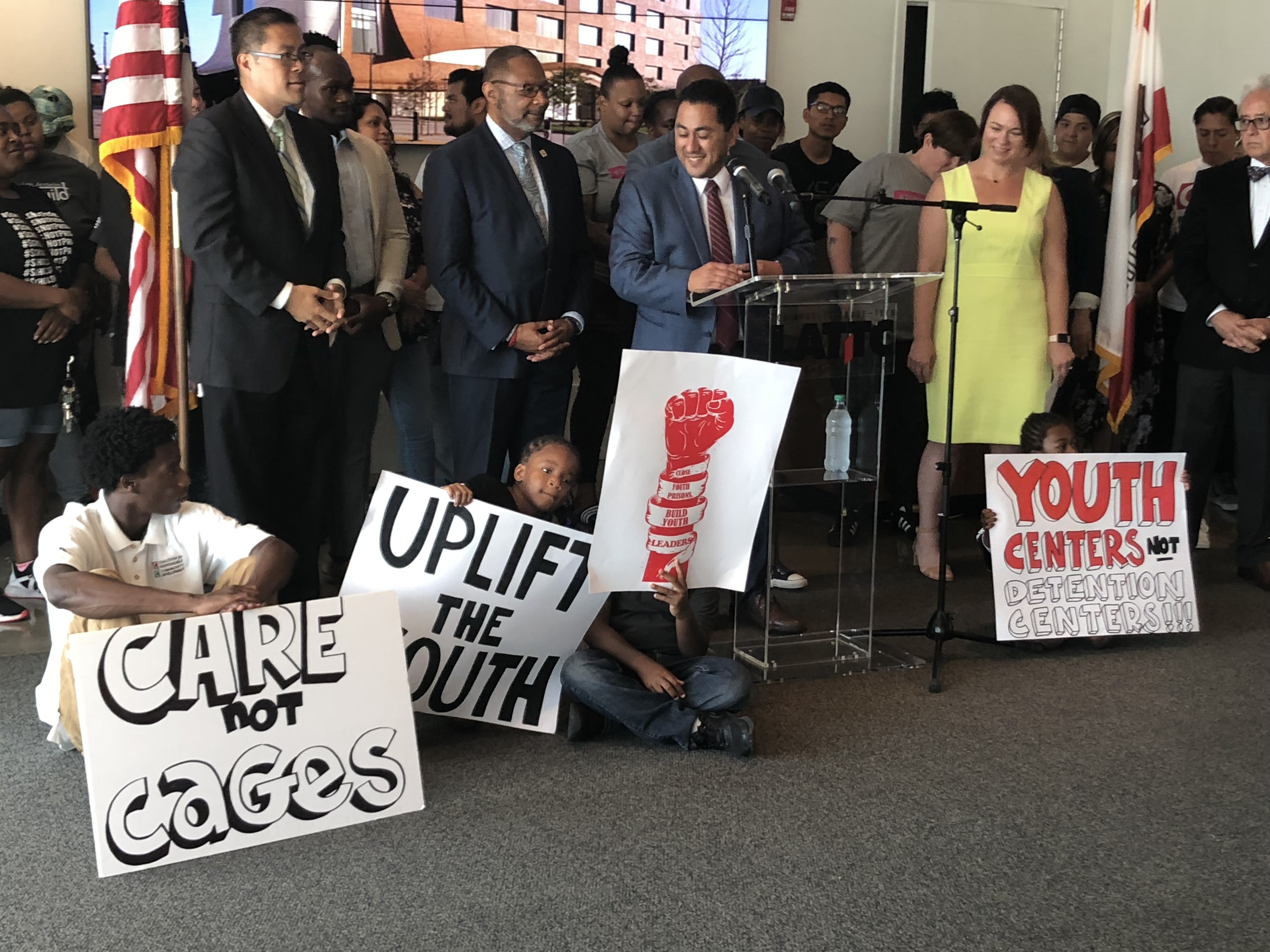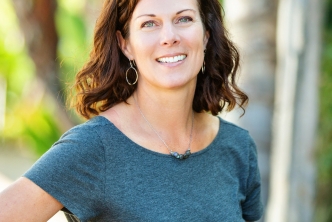
In conversation with Jesse Hahnel, National Center for Youth Law
We invite you to be inspired by our Leader Voices series. Here, Jesse Hahnel, Executive Director at the National Center for Youth Law, shares more about the work they've been piloting in San Jose, and efforts to advance just policies and practices that benefit all young people, particularly the most vulnerable.
Tell us more about your work at the National Center for Youth Law (NCYL), in particular how you address systemic problems locally, and nationally?
The National Center for Youth Law (NCYL) has been around for 49 years. It was initially funded by the federal government to provide technical assistance to legal aid attorneys across the country supporting vulnerable youth. The organization has evolved over the years, but we’re still very much focused on dismantling systemic inequities, and advancing just policies and practices that benefit young people.
We take a very holistic approach to supporting marginalized youth by working on multiple parallel strategies, which include partnering directly with public agencies, sponsoring and advocating for legislation, working with the media, initiating impact litigation to accelerate reform of public agencies, and setting up demonstration sites to test new models of providing services to vulnerable youth.
We’ve always focused our work around addressing systemic problems locally, and leaning on these localized improvements to serve as a blueprint for change in other places across the U.S.
What are some of the initiatives you’re currently working on in Santa Clara County?
At the moment, we’re piloting two initiatives with Santa Clara County: one focused on improving the educational outcomes of probation involved students enrolled in their local schools; the other one on significantly reducing the number of young people involved in the juvenile justice system and those at risk of incarceration.
Both of these issues came to us from county agencies and community organizations within the county, recognizing they were incarcerating far too many youth—especially Black and Latinx youth—and that youth in the system struggled to succeed in school because of the lack of support.
We’ve been working for two and half years in close collaboration with them on a number of different strategies, including improving police practices when they interact with youth through policy advocacy and coalition building, engaging youth with lived experience in the juvenile justice system to hold system leaders accountable, ensuring youth on probation have access to the intensive educational supports needed to succeed, and more.
What are some of the early results you’re seeing from these two pilots, and what lies ahead?
The results have been very promising. We’ve contributed to reducing the number of incarcerated youth by 50%, and have secured $6 million to improve different types of support for incarcerated youth.
There is still a lot of work to be done but we’re hopeful that we can continue these initiatives, up to the point where we ensure that these improvements are integrated and sustained.
These types of targeted pilot programs provide a blueprint for other places that might be facing similar challenges. Our learnings and accomplishments over the years have led to a number of policies in Sacramento that have impacted all California youth, for example. We’ve also used lessons learned to inform our federal policy efforts and pilot programs in other states. Because we work on similar topics in so many different places, it increases our ability to push state policy or even go to different states as well and draw from our learnings. So we’re hopeful these positive results will have repercussions outside of Santa Clara County and inspire more counties to adopt them.
Your funding model enables you to leverage the power of philanthropy and public funding. Tell us more about that?
We use philanthropic capital as risk capital to support the R&D phase of the work: to test system improvements, and evaluate their potential to be implemented in the long run. For our direct service work, the intent is never to do it in the long run ourselves. We strive for all the improvements we recommend to be leveraged and scaled through public funding at the end of our pilots, so the improvements can be integrated from within and, frankly, just become part of what public systems do.
Our pilot programs typically run anywhere from three to six years, and we aim to raise funding to ensure a successful transition and get to the point where public agencies fund the direct service work. In Santa Clara, we’re making really good progress, and are looking at continuing to carry on the direct service work for two more years, before our public agency partners assume full fiscal responsibility. We still need to raise additional funding to get to that point, and we welcome any conversation with donors and funders interested in partnering with us on this.
We have also built upon our legal expertise to leverage policy and advocacy in order to transform the juvenile justice landscape in Santa Clara County. For example, the Youth Justice Initiative (YJI) team advocated for the passage of $57 million in state funds to resource local programs for youth and helped bring in $6 Million of that new funding for Santa Clara County to reduce youth incarceration, expand community-based services, and improve support to youth in prison. We’ve made incredible strides in Santa Clara County and we continue to rely on grants and donations to sustain this important work.

